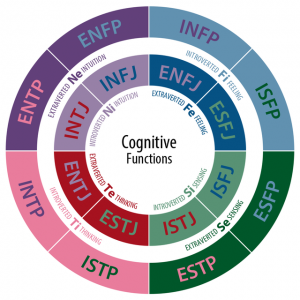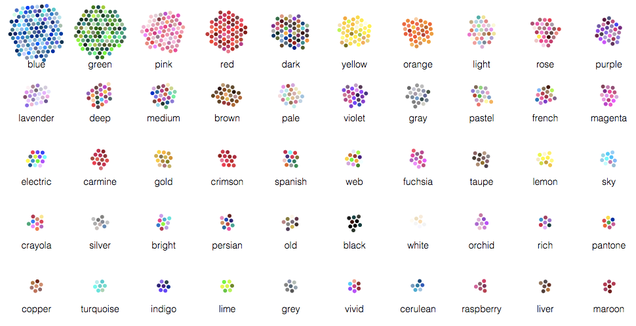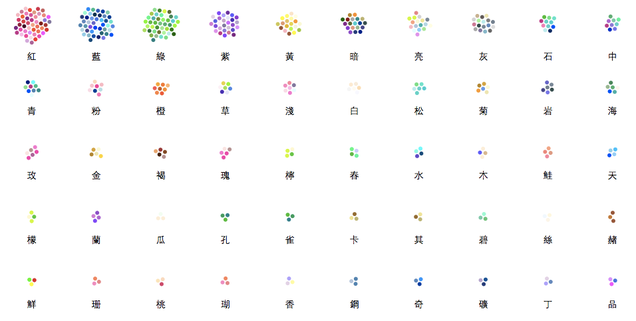johnganz | A little while ago, I came up with the idea that that the difference between Italian Fascism and German Nazism was that Fascism essentially had “Jock-Douche” vibes while Nazism had “Creep-Loser” vibes. Now, I’m going to try to develop this fancy into a full-blown (or rather, half-baked) theory.
“But, John, this is absurd,” you might immediately object, “How can you reduce an entire political ideology to categories drawn from American high school movies.” Well, try to think of them as ideal-types like the sociologist Max Weber developed. Here’s what Weber wrote of his ideal-type methodology: “An ideal type is formed by the one-sided accentuation of one or more points of view and by the synthesis of a great many diffuse, discrete, more or less present and occasionally absent concrete individual phenomena, which are arranged according to those onesidedly emphasized viewpoints into a unified analytical construct...” That is to say, they are sort of made up. Still, I believe that this theory, while it does not pretend to be a definitive explanation, may help to illuminate aspects of the far right today.
The Categories Considered in their Ideal-Typical Formation
First, some preliminary definitions. The Jock-Douche ideal-type proceeds in the world with confidence and the presumption of immediate physical domination, while the Creep-Loser ideal-type has been thwarted some way and is therefore reflective, and is resentful, a plotter, a schemer, and a fantasist dreaming up grand historical vistas of triumph or doom. Again, keep in mind these are purely ideal-types. Rarely does an individual totally embody either one or the other idea. One could speculate that in many cases the superficial confidence of the Jock-Douche type is merely psychological compensation for the feelings of inadequacy of the Creep-Loser. On the converse, the intellectual limitations of the Jock-Douche type leads to an imaginative perspective that cannot escape the relatively crude thought-world of Nerd-dom. Considered from either an existential or psychoanalytic lens, it seems likely that these two are actual facets of single complex or form of being-in-the-world, manifested in different ways under different circumstances. Fascism as its own ideal-type can be understood as a synthesis between the Jock-Douche and the Creep-Loser: a cult of sheer physical of strength and action wedded to a wounded and brooding consciousness of impotence and humiliation.
I should address the specifically national character of the division proposed here, that Italian Fascism and German Nazism represent two different affective dimensions of the fascist consciousness or self. Again, this is purely ideal-typical: both movements and nationalities naturally contain examples of the opposite tendency, but for the sake of illustration it is convenient to divide them in this manner. I also believe one finds that these two different spirits do actually predominate more or less in these respective national movements. Now, one might object here that making a division according to national origin recapitulates the very sort of national or even racial essentialism of fascist ideology itself, and that I am stereotyping Italians as impulsive, hot-blooded, and unintellectual while painting Germans, from “the land of poets and thinkers,” as either speculative dreamers or ratiocinators. I would just say to that to a large degree that these different modes of behavior and thinking are representations and projections of fascists’ own fantasies about their national qualities.
The Categories Expressed in Historical Examples
The most obvious representation of the Jock-Douche and Creep-Loser duality is in the leadership of the respective movements: Benito Mussolini vs. Adolf Hitler. Mussolini was socially successful, a popular and esteemed figure in the Italian socialist party. In fact, his turn to nationalism and war-mongering can be considered as a result of the desire for continued popularity, or even identification with popular enthusiasm as such, when his initial pacifist line as editor of the socialist newspaper failed to capture the national imagination.
The turn to war-making and nationalism also appealed to Mussolini’s belief in a mystique of violence and action, leavened by his interest in Georges Sorel’s irrationalism and political vitalism. Here’s how a fellow socialist described him in 1914: “Nothing matters to him now except to win. What matters is to triumph over timidity, fear and prudence which impede and arrest the revolutionary advance of the proletariat.” And Mussolini adulated the proletariat, not so much for its Marxist-assigned historical role of overthrowing the capitalist mode of production, but for its heroism, masculinity and toughness. Mussolini’s he-man histrionics as fascist leader, the jaw-jutting and arm crossing etc. project this pure masculinity. And although he was an intellectual, his statements reflect a proud and defiant anti-intellectualism. Speaking of an anti-fascist newspaper, Mussolini famously remarked, “The democrats of Il Mondo want to know our programme? It is to break the bones of the democrats of Il Mondo. And the sooner the better.” In other words, bullying brought to the level of political theory.
On the other hand, Hitler was a loser. A marginal type in post-war Munich, he was a failure at his chosen vocation as artist. In an unintentionally revealing passage in Mein Kampf, Hitler describes how he was bullied and chased away from a construction job by union organizers. The fact this probably never happened in reality is all the more revealing: it reveals an essential fantasy at play. Mein Kampf itself is the ranting and grandiose fantasies of an embittered man, which provided a good deal of its rhetorical appeal to other members of his pseudo-intellectual milieu, the “intellectual precariat of bohemians and academic dropouts, throwing together various elements that they have found in the neurotic overproduction of private mythologies” as Albert Koschorke describes them in his essay on Mein Kampf.





